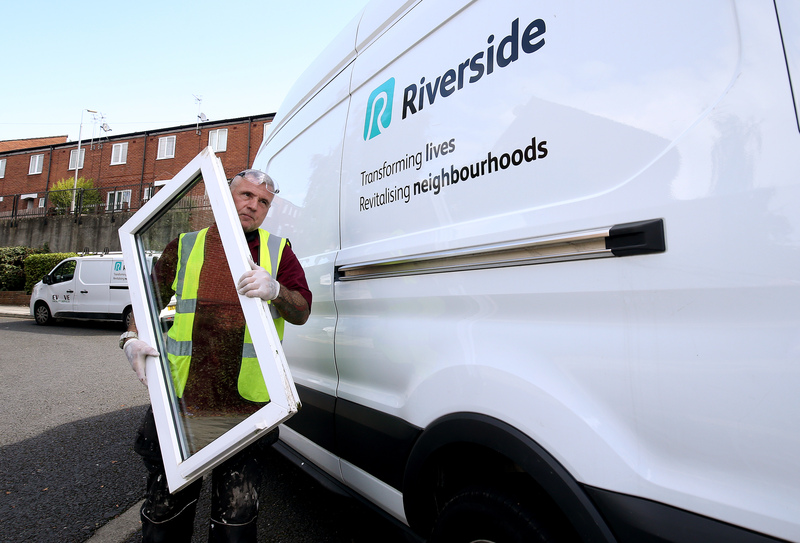Sinking funds
PrintThe leases at some schemes we manage require a ‘sinking fund’ to be put in place for major repairs, renewals and replacements, which is in addition to the cyclical repairs fund.
The money in the sinking fund is held in ‘trust’ on your scheme’s behalf, in an interest-bearing bank account. Riverside does not receive any benefit, or retain any money from the sinking fund. We manage this money on behalf of residents.
Sinking fund contributions are not always collected as part of the ongoing service charge, so you must check your individual lease for specific sinking fund arrangements which may apply to your property.
When will I have to make a payment into the sinking fund?
Where a sinking fund arrangement is in place, a contribution to the fund must be made from the sales proceeds when you sell your property. The amount to pay is defined by the terms of your lease agreement. Your solicitor should have informed you of any liability to pay when you purchased your property.
If you ‘gift’ your property to somebody else, such as transferring ownership to another person without any money changing hands, you will still usually be liable to pay a contribution to the sinking fund, based on the open market value at the time.
How much will I have to pay into the sinking fund?
The amount to pay and how it is worked out depends on your individual lease. Typically you will pay a percentage of the open market valuation of your property for each year of ownership, apportioned as necessary. This figure will be irrespective of the amount you own, if you are a shared owner for example, which means that all leaseholders contribute in the same way.
For example
Open Market Value: £180,000
Length of ownership: 36 months
Lease formula: 0.25% of the Open Market Value of the property per year of ownership, apportioned to full months.
Calculation:
- £186,000 x 0.25% = £465.00 (per year of ownership)
- £465.00 divided by 12 = £38.75 (per month of ownership)
- £38.75 multiplied by 36 (months of ownership) = £1,395.00 sinking fund payment
What is the sinking fund money used for?
Depending on your lease and property, the sinking fund is used to pay towards major repairs or replacing such things as:
- External doors, windows, roofs, guttering, walls
- External drains and plumbing systems
- Footpaths, parking areas, fencing, signboards
- Communal electrical systems, TV aerials and lighting
- Door entry phone systems
- Communal carpets
A sinking fund ensures that the cost of major repairs and replacements is paid for fairly by all generations of leaseholders who benefit from them.
A sinking fund also helps maintain the value of your property, and potential buyers’ solicitors will enquire about monies in the sinking fund. It is in all leaseholders’ interests that enough money is set aside to cover the cost of future repairs and renewals.